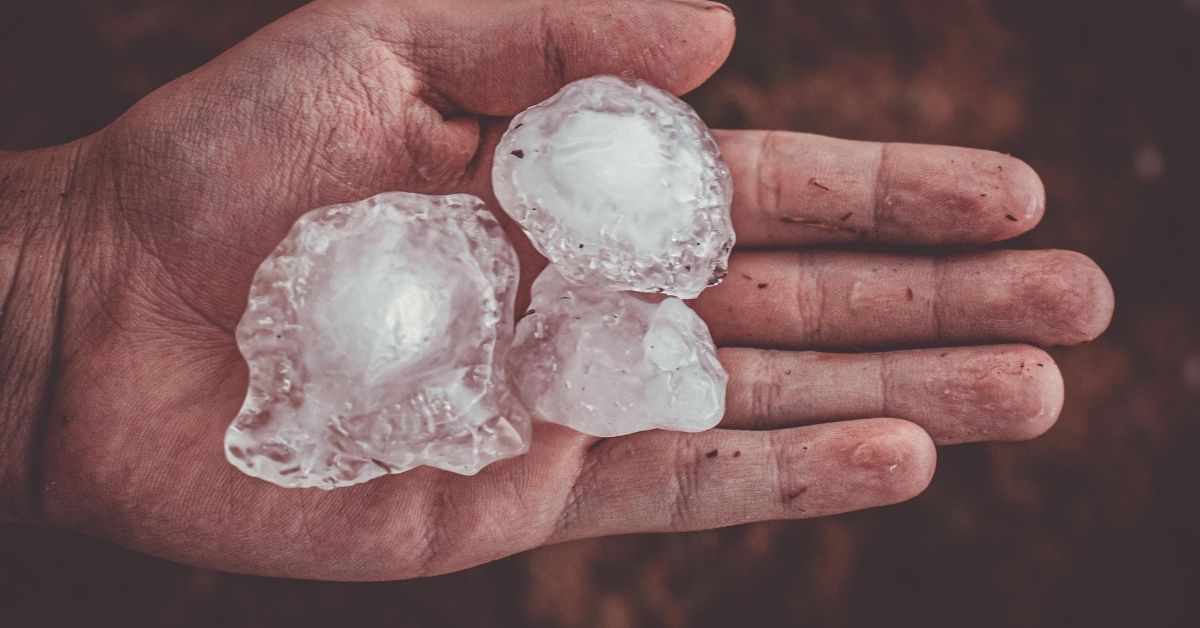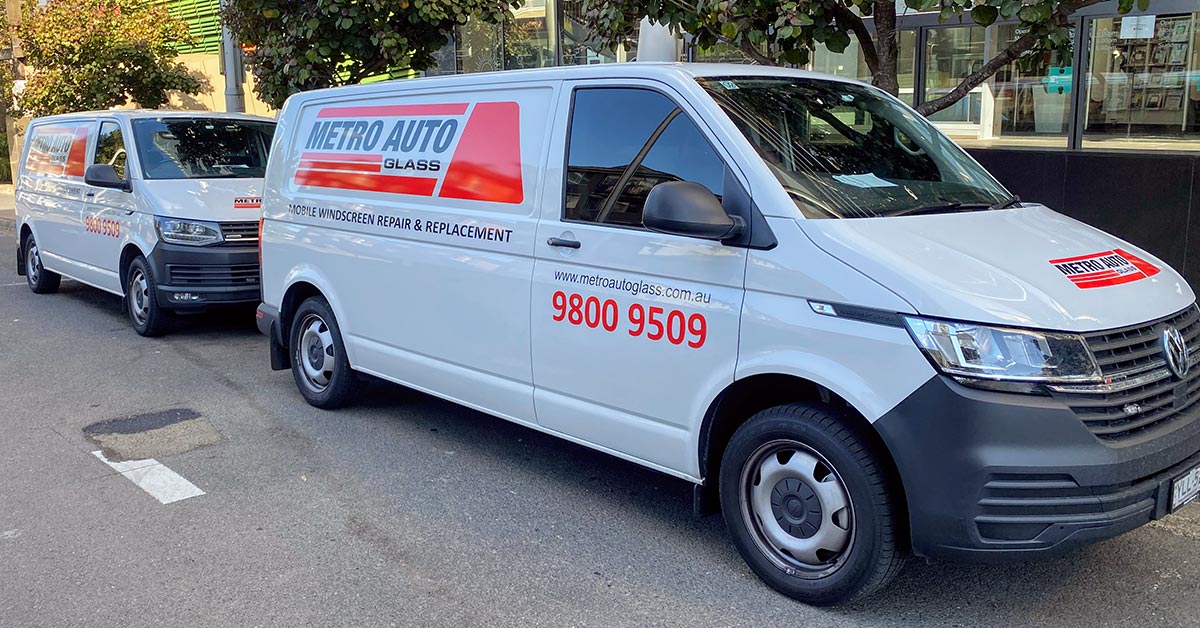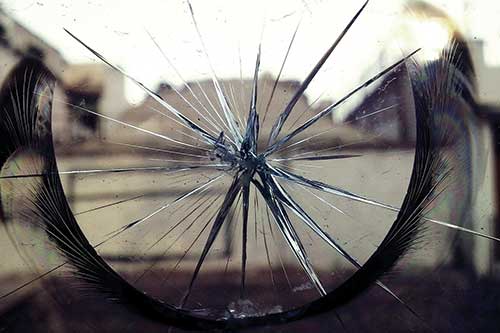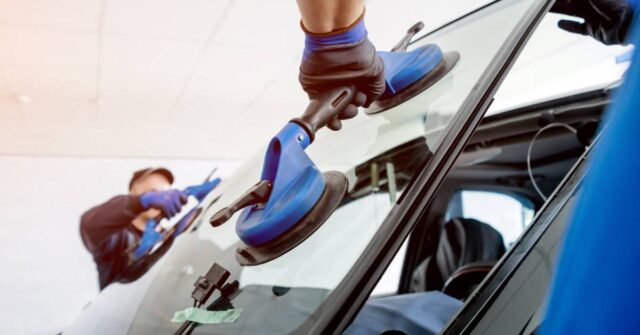In Australia, hailstorms can strike with little warning. One minute, it’s sunny skies, and the next, golf ball-sized hailstones are raining down.
If your car’s caught in the open, it could end up looking like a giant dimpled golf ball.
This guide will give you clear, practical advice on how to shield your vehicle from hail, whether you’re parked at home, on the road, or stuck in a supermarket car park.
Let’s jump in and help you keep your car safe and dent-free.
Why Hail Protection Matters
Protecting your car from hail isn’t just about keeping it looking good. It’s about saving you from unexpected repair bills, higher insurance premiums, and a lot of stress.
Hail damage can lead to cracked windscreens, dented panels, and even broken mirrors.
Once the damage is done, the costs can add up quickly, not just for repairs, but also for the inconvenience of being without your vehicle.
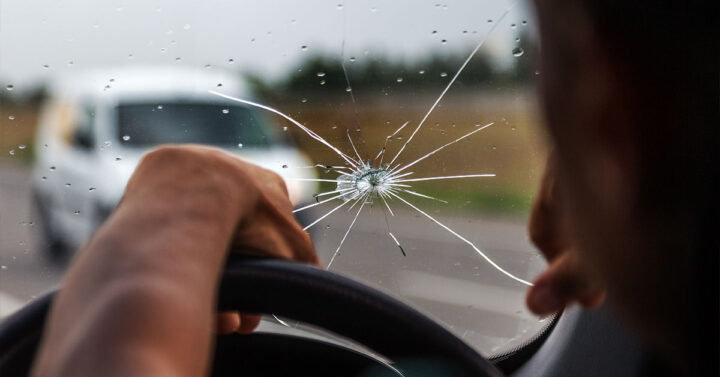

The Risks of Hail Damage
Hail doesn’t discriminate. It hits hard and fast, damaging anything in its path. For vehicles, this often means:
- Cracked or shattered windscreens
- Dented roofs, bonnets, and doors
- Broken side mirrors and tail lights
- Damaged paint, which can lead to rust over time
Even light hail can leave dozens of small dents. Larger hailstones, the size of a 20-cent coin or more, can smash glass and cause serious structural damage.
Common Types of Hail Damage to Vehicles
The most frequent damage includes body dents and cracked or chipped windscreens. Glass damage is especially risky because it compromises visibility and structural integrity.
Roof and bonnet dents are more cosmetic but still costly to repair. In some cases, vehicles are written off due to extensive damage, especially if the car is older or uninsured.
The Cost of Repairs and Insurance Claims
Repairing hail damage can range from a few hundred dollars for minor dents to several thousand for full panel replacements and glass repair.
Insurance may cover these costs, but you’ll still be dealing with excess fees and potential increases in your premium.
Plus, the claim process can drag on if there’s a surge in hail damage claims after a storm. Acting early to prevent damage is often far less costly and time-consuming.
Understanding Hailstorms in Australia
Australia sees its fair share of wild weather. Hailstorms are common across much of the country, especially during spring and summer.
Knowing when and where they’re most likely to hit can give you the upper hand in protecting your car.


When and Where Hailstorms Typically Occur
Most hailstorms in Australia occur between October and March, during the warmer months. States like New South Wales, Queensland, and Victoria see frequent hail activity, often tied to thunderstorms.
Sydney, Brisbane, and Melbourne have all experienced major hail events in recent years, with damages totalling in the billions. Knowing the seasonal pattern helps you prepare ahead of time.
Australian States Most Affected by Hail
New South Wales and Queensland top the list. Sydney’s western suburbs and parts of southeast Queensland are considered hail hotspots.
Canberra and Melbourne also see regular hailstorms. If you live in these areas or travel through them frequently, extra precautions are well worth the effort.
How to Monitor Local Weather Warnings
The Bureau of Meteorology (BOM) is your go-to source. Their website and mobile app provide live weather warnings, radar imagery, and storm updates.
You can also sign up for SMS or push notifications. There are third-party apps too, like Weatherzone and MyRadar, which offer real-time alerts when hail is headed your way.
Preventative Measures to Take Year-Round
Don’t wait until the sky turns grey. There are everyday habits and smart choices that can greatly reduce your risk of hail damage throughout the year.


Always Park Under Cover When Possible
It sounds simple, but it’s the most effective solution. Use a garage or carport at home. When you’re out, opt for underground or covered parking – even if it means walking a little further.
That extra walk can save you thousands in repairs.
Choose Covered Parking Options at Work or Public Places
If your workplace offers secure or undercover parking, make the most of it. At shopping centres or train stations, head for the multilevel car parks instead of the open-air lots.
If you frequent a place without cover, ask if they plan to add it – it’s a common question from customers in hail-prone areas.
Plan Travel Around Weather Forecasts
Check the BOM app before you leave for the day. If storms are likely, consider delaying your trip or taking public transport instead.
You’ll avoid putting your vehicle – and yourself – in harm’s way. Remember, a 30-minute delay can save you a world of trouble later.
Using Protective Covers for Hail Protection
When covered parking isn’t an option, a hail cover could be your car’s best friend. They’ve come a long way from flimsy tarps and are now built to withstand serious impact.
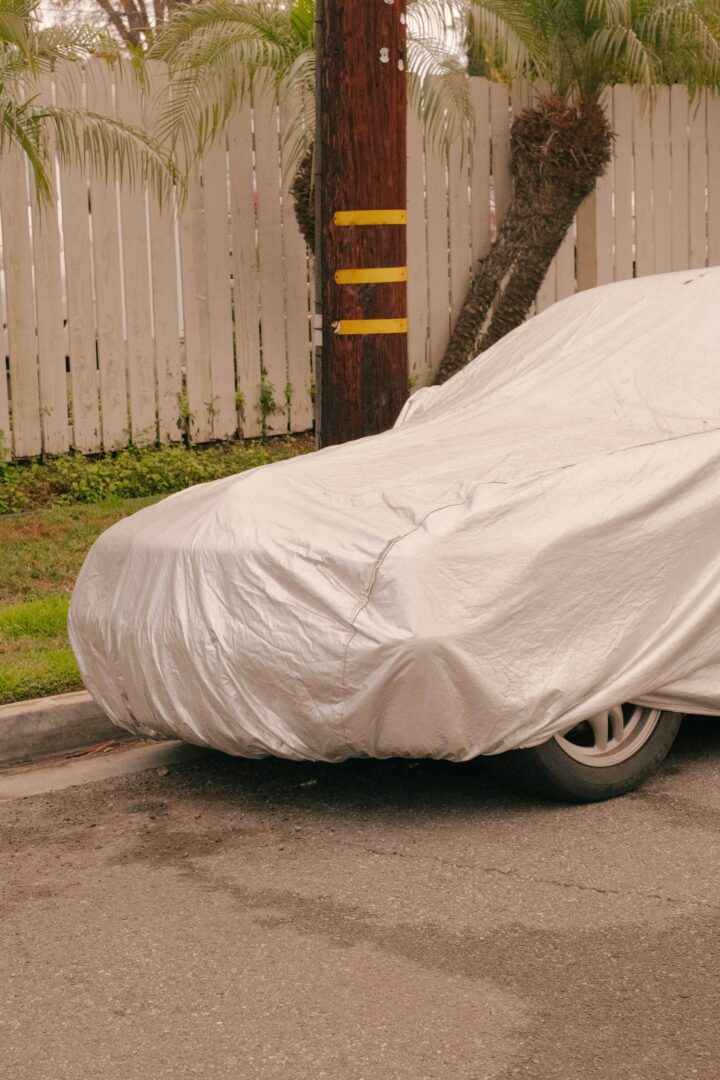

Types of Hail Car Covers Available
There are several options:
- Basic Covers: Lightweight, padded fabric. Good for small hail.
- Heavy-Duty Covers: Multi-layered with thick padding. Can resist larger hailstones.
- Inflatable Covers: Inflate around your car to form a cushion. Pricey but very effective.
Pick the one that suits your budget and local weather patterns.
How Effective Are Hail Covers?
They work well when fitted properly. A high-quality hail cover can absorb most of the impact, preventing dents and glass damage.
Inflatable models offer superior protection but take more time to set up. Basic covers may not help against larger hail, but they’re better than nothing.
The key is to cover the entire car tightly with no exposed areas.
What to Look for When Buying a Hail Cover
Look for:
- Padding thickness (at least 6mm)
- Strong tie-down straps
- Quick deployment features
- Waterproof and UV protection
Read reviews and choose a size that fits your car’s shape. A cover that flaps in the wind won’t do much good.
DIY Options: Are Blankets or Floor Mats Useful?
In a pinch, yes. Thick blankets, floor mats, or even old doonas can help soften the blow. Just make sure they’re heavy enough not to blow away and won’t scratch your paint.
Use masking tape or rope to secure them. It’s not elegant, but it beats a cracked windscreen.
Protecting Your Car When Shelter Isn’t Available
Sometimes you’re caught off guard – at the shops, on the road, or out in the middle of nowhere. Here’s what to do if you’re stuck without shelter.
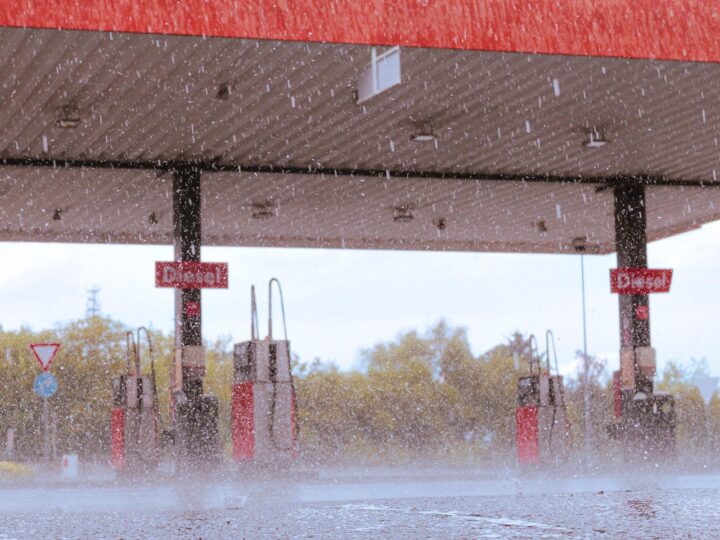

Emergency Hail Protection Tips
If you’re driving, pull over under a bridge, a gas station awning, or even a dense tree canopy (carefully). If that’s not an option, angle your car so the windscreen faces the hail.
Windshields are reinforced and less likely to shatter. Side and rear windows are more vulnerable.
How to Safely Use Temporary Protection
Keep a thick blanket or foldable cover in your boot. If you can do it safely, without risking injury, lay the cover over your car.
Prioritise the roof and windscreen. Never run into an open hailstorm to cover your car. It’s not worth the risk to your safety.
What Not to Do During a Hailstorm
Don’t:
- Run outside during active hail
- Park under powerlines or fragile trees
- Cover the car with tarps or plastic sheets – they tear easily
- Drive through a hailstorm unless absolutely necessary
Wait it out. Storms pass quickly. Let your car take a few dents if it means staying safe.
Technology and Alerts to Stay Informed
Your phone can be your best warning system. Real-time alerts give you a head start to move your car or avoid being caught on the road.
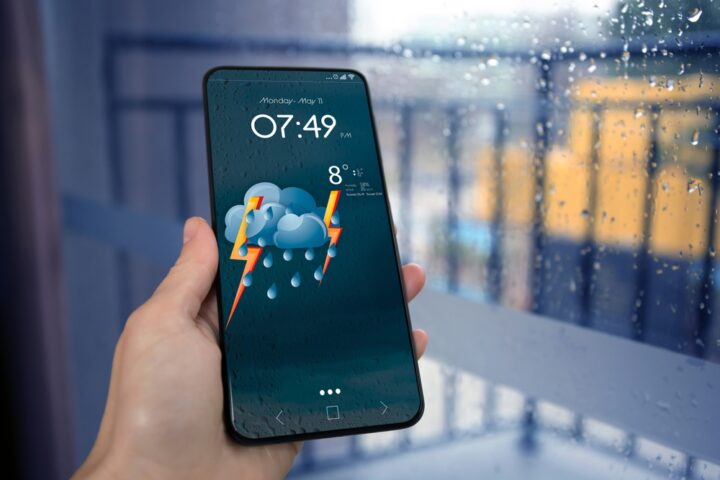

Top Hail Alert Apps and Services in Australia
These apps are worth installing:
- BOM Weather: Official Australian weather alerts.
- Weatherzone: Custom alerts with radar tracking.
- Hail Hero: SMS alerts for hail-prone postcodes.
Set them to alert you when hailstorms are nearby. It’s a small effort with big benefits.
Setting Up Weather Notifications on Your Phone
Use location services to get automatic alerts. Most smartphones have built-in weather tools. Just enable notifications and set your region.
You can also follow local council or emergency services on social media – they often post updates in real time.
Using Real-Time Radar and Weather Maps
Live radar shows where hail is forming and moving. The BOM website and Weatherzone app both offer radar with overlays for storm cells.
Look for black or dark purple areas – that’s usually where hail is present. This can help you decide whether to wait or drive a different route home.
Car Insurance and Hail Damage Coverage
If all else fails and your car gets pelted, insurance can soften the blow. But only if you’re covered the right way.


Understanding Comprehensive Coverage
Only comprehensive car insurance covers hail damage. Third-party or third-party fire and theft policies won’t help.
Check your policy or call your provider to confirm. Hailstorms are usually listed under “natural disasters” or “acts of nature.”
What to Ask Your Insurance Provider
Here are some questions to get clarity:
- Does my policy cover hail damage?
- What’s my excess for hail-related claims?
- Is there a limit on how many hail claims I can make?
- Do you offer a hire car while mine is being repaired?
Get these answers before a storm hits – not after.
How to Make a Hail Damage Claim
Take photos of the damage as soon as it’s safe. Don’t clean the car or try to fix anything yet. File your claim online or over the phone.
Most insurers will ask you to visit an approved repairer or have someone assess the car. Be prepared to wait during peak hail season – repair shops get swamped.
After a Hailstorm: What To Do Next
If your car has been caught in a storm, don’t panic. There’s a clear process to get things sorted quickly and safely.
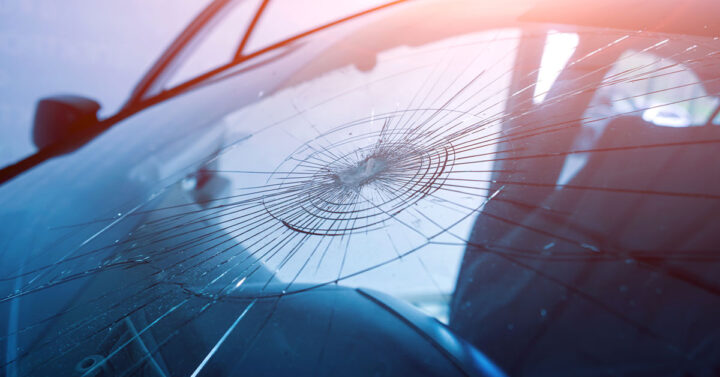

Inspecting Your Vehicle for Damage
Look for dents on the roof, bonnet, and boot. Check all windows, mirrors, and the windscreen. Run your hand across the paint to feel for bumps you might not see in low light.
If the glass is cracked, avoid driving until it’s repaired – it may shatter further with vibration or temperature changes.
Temporary Fixes to Prevent Further Issues
Cover broken windows with waterproof tape and plastic sheeting to keep rain out. Avoid washing the car until it’s been inspected.
Dents won’t get worse, but exposed glass can. Drive only if it’s safe and the visibility isn’t compromised.
When to Call a Professional for Repairs
If your windscreen is chipped or cracked, call a trusted auto glass expert right away. Don’t wait – minor chips can spread.
If body panels are heavily dented, consider paintless dent repair, which is cheaper and faster than panel beating. Keep all documentation for your insurance provider.
How Metro Auto Glass Can Help
At Metro Auto Glass, we specialise in fast, professional windscreen repair and replacement. If your car’s glass has taken a hit from hail, we’ve got you covered. Literally.
Expert Windshield Repair and Replacement
We handle chips, cracks, and full windscreen replacements for all makes and models.
Our technicians use quality glass and precision fitting techniques to get you back on the road safely. Most jobs can be completed the same day.


Mobile Services Available Across Sydney
Can’t drive with a broken windscreen? No worries – we’ll come to you. Our mobile repair vans operate throughout Sydney and surrounding areas, bringing top-tier service right to your door or office.
Lifetime Warranty and Fast Turnaround
All our work comes with a lifetime warranty. We stand by what we do, and our customers do too. With over 2,500 windscreen types in stock, there’s no waiting around.
Give us a call, and we’ll handle the rest – no fuss, no stress.
Frequently Asked Questions
Let’s tackle some of the most common questions we hear from drivers after a hailstorm.
Are Hail Covers Worth the Investment?
Absolutely. Even a basic cover can save you hundreds – or thousands – in repairs. It’s a small upfront cost for big peace of mind.
Can Hail Crack a Windscreen?
Yes. Larger hailstones, especially when driven by strong winds, can crack or completely smash a windscreen. Even small hail can chip the surface and weaken the glass over time.
Is It Safe to Drive After Minor Hail Damage?
If your windscreen is intact and your vision is clear, then yes. However, get any chips or cracks inspected quickly. Small damage can grow fast with bumps, heat, or moisture.
